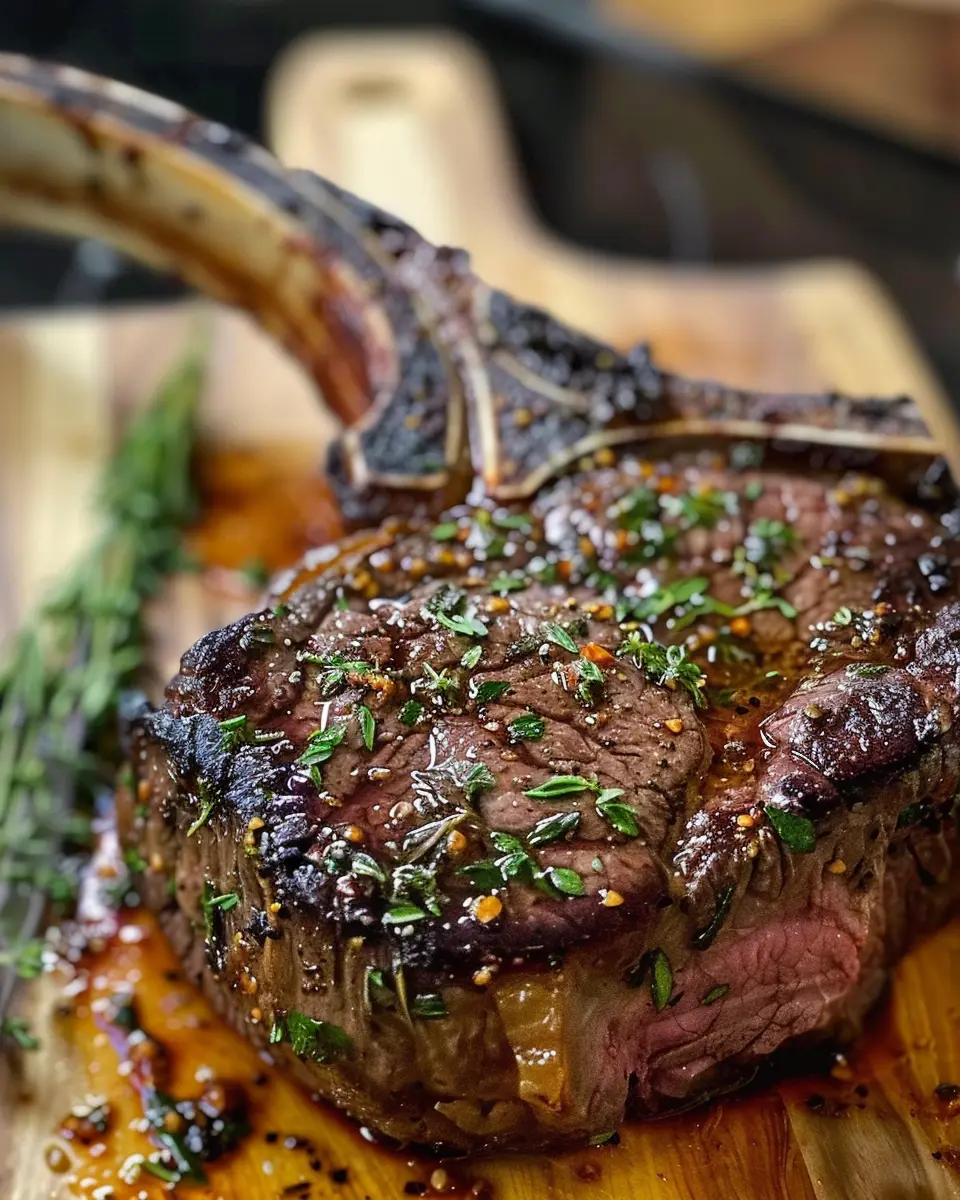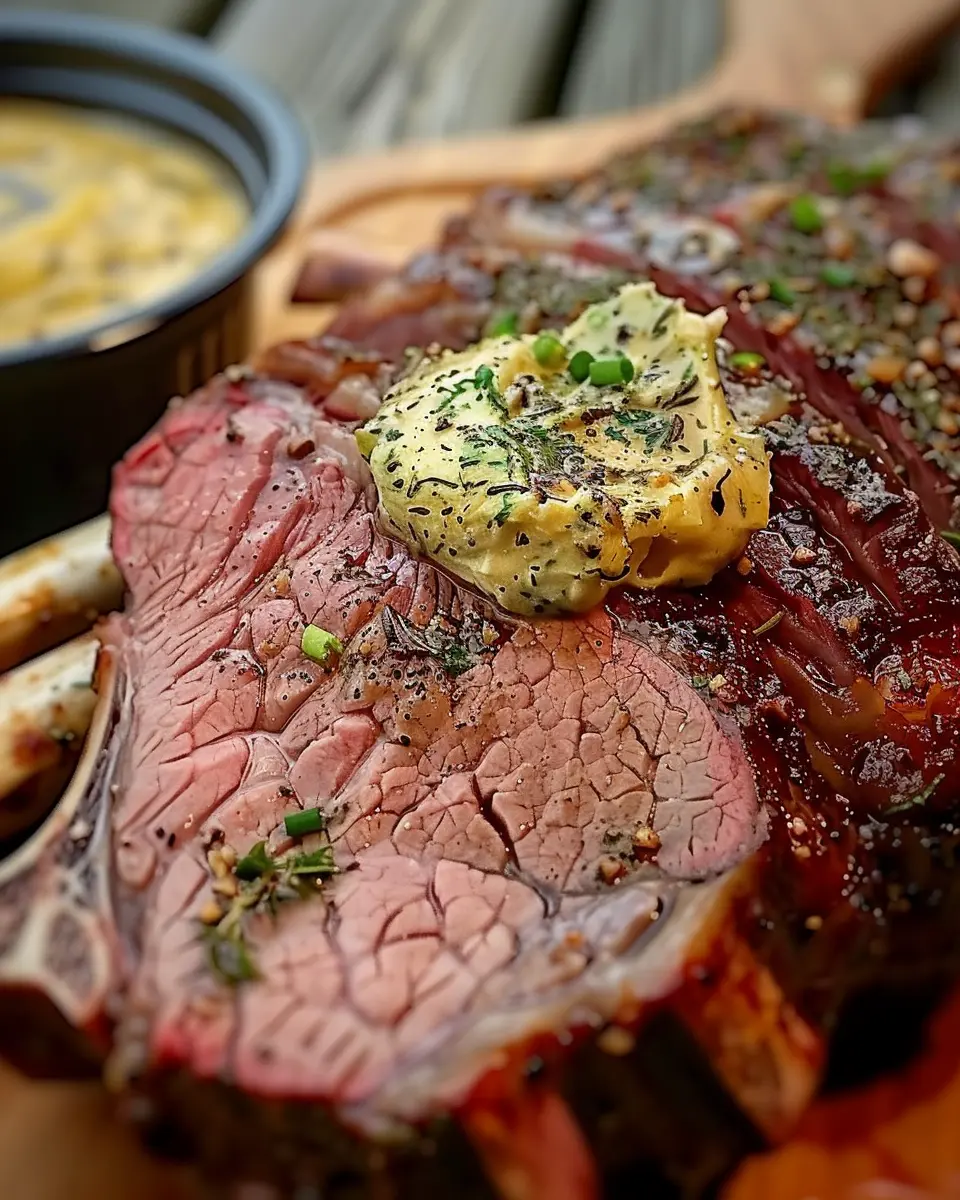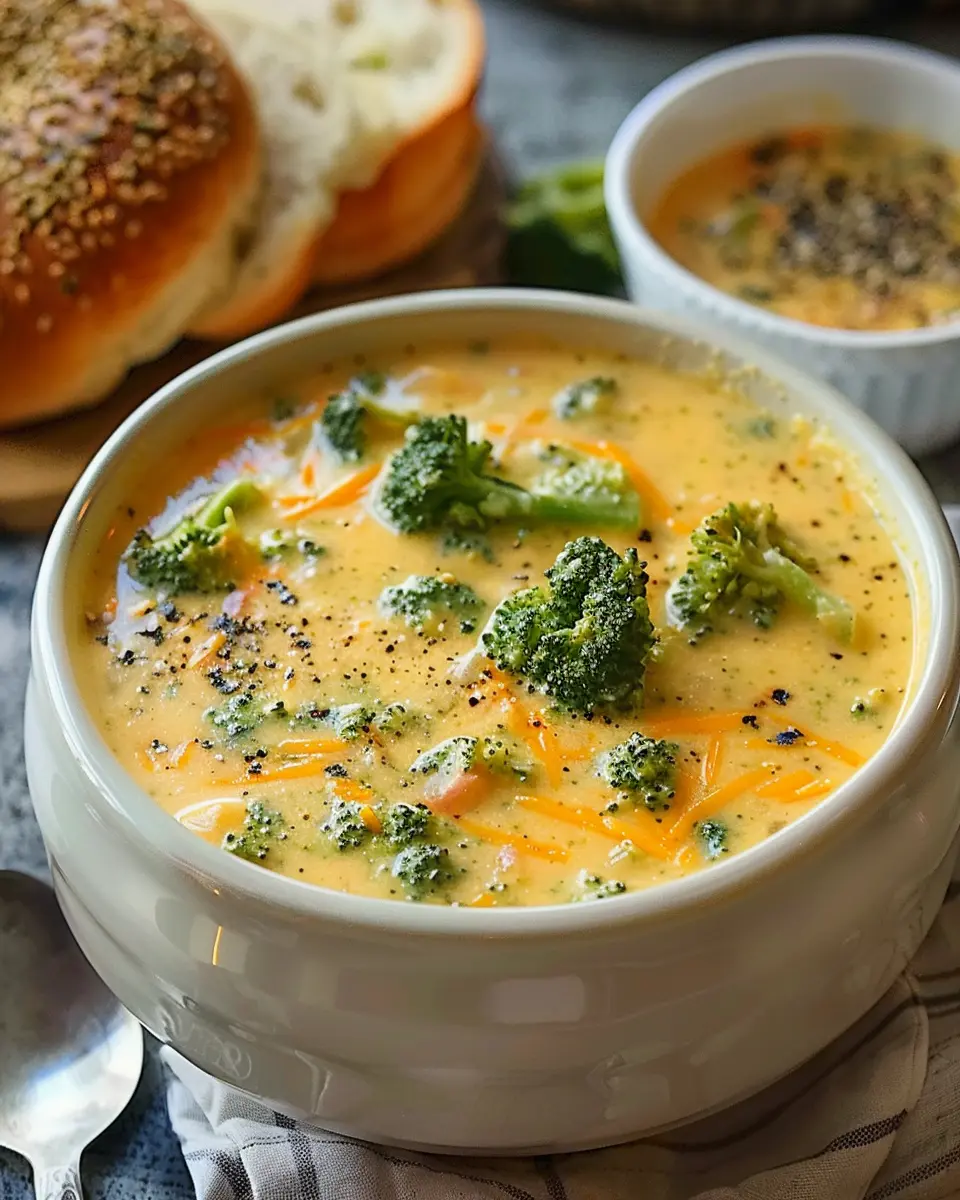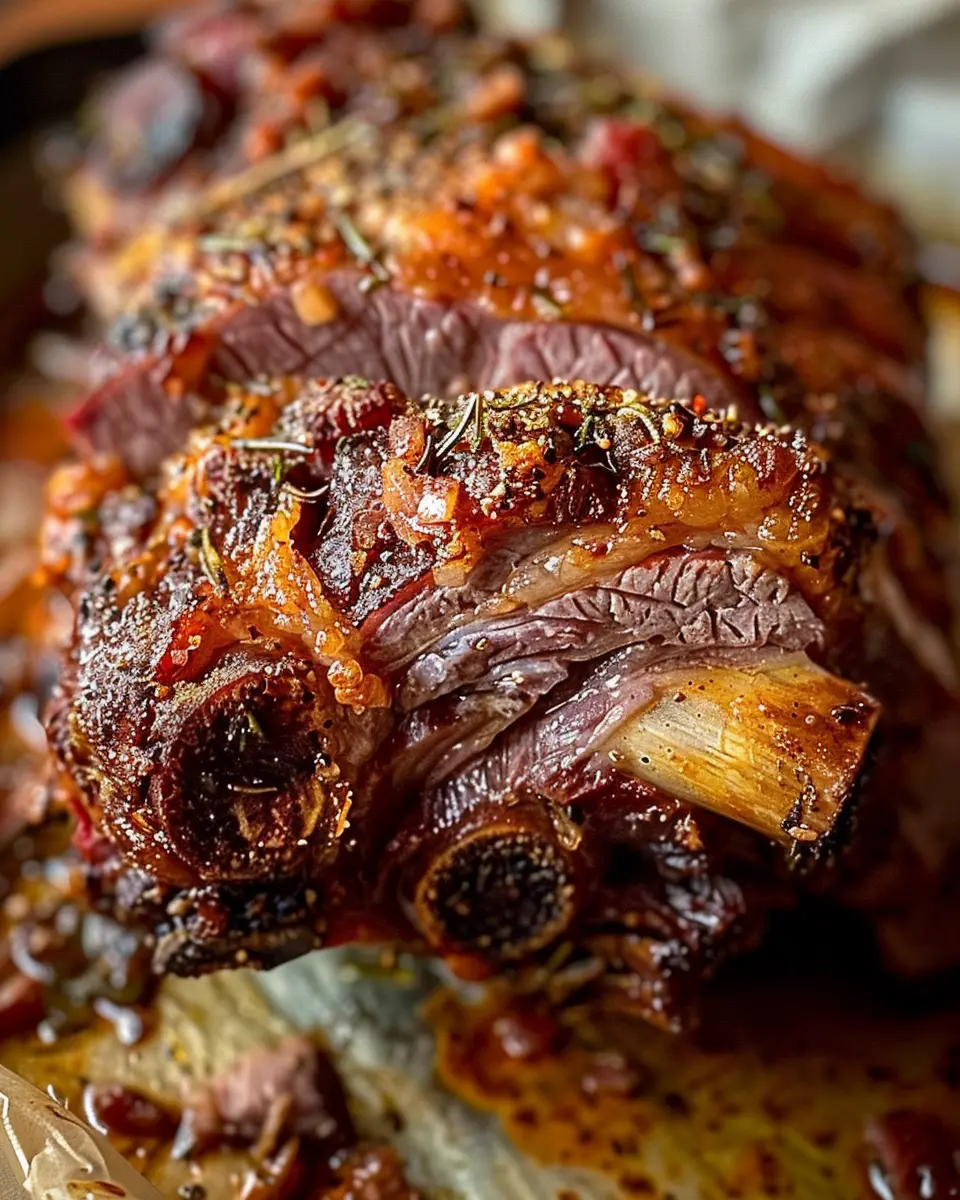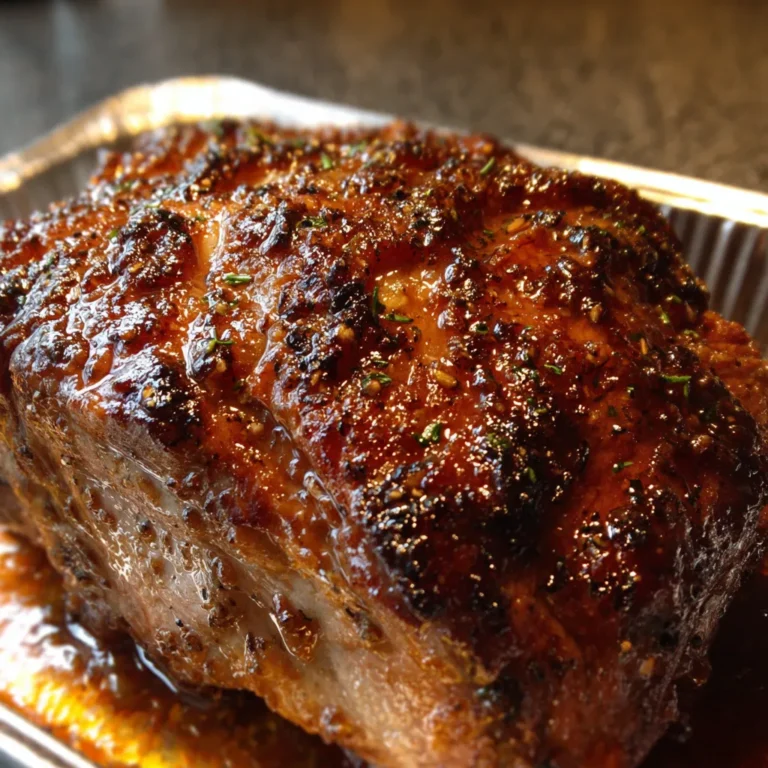Introduction to Barbecue Skewers
Barbecue skewers are a timeless favorite for outdoor cooking, offering a perfect balance of flavor, convenience, and fun. Whether you’re hosting a backyard cookout, going camping, or simply enjoying dinner on the patio, grilled skewers bring people together around the sizzle of a hot grill.
What makes skewers so popular is their versatility. You can use beef sirloin, chicken, or even a mix of meats and vegetables to suit any preference. The preparation is straightforward, making it a go-to choice for both beginners and experienced grillers. With the right marinade, the meat stays juicy and tender, while picking up a slightly charred, smoky edge that’s irresistible.
Plus, skewers are incredibly customizable. You can keep it simple with just meat, or add onions, peppers, and pineapple for a colorful and flavorful twist. To ensure your meat is cooked safely, it’s helpful to refer to safe grilling temperatures provided by the USDA.
Essential Ingredients
A good barbecue skewer starts with a flavorful, balanced marinade. Here’s what you’ll need and how each ingredient contributes to the final taste:
- ½ cup light sodium soy sauce – Adds umami richness and acts as a base for the marinade.
- ½ cup lemon or lime juice – Provides acidity to tenderize the meat and balance sweetness.
- ½ cup ketchup – Delivers sweetness and a tomato base for depth of flavor.
- 3 tablespoons dark brown sugar – Enhances caramelization and creates that signature glazed texture.
- 2 tablespoons garlic powder – Adds a robust, savory kick without the burn of raw garlic.
- 1 teaspoon ground black pepper – Brings mild heat and earthiness.
- 1–2 teaspoons salt – Helps boost all the other flavors.
- 1 can lime soda or Sprite – The carbonation breaks down meat fibers, making them extra tender. If you’re avoiding sugar, club soda and a bit of honey work as an alternative.
The ingredients come together in a simple, yet deeply flavorful marinade that keeps the meat moist and delicious. If you’re unsure about meat prep or looking to up your grill game, check out this excellent guide on grilling techniques from Serious Eats.
Must-Have Tools for Perfect Skewers
Having the right tools on hand makes the grilling process smoother and more enjoyable. Here’s what you’ll need:
- Skewers – Choose either metal for durability and reusability, or wooden for convenience. Wooden skewers must be soaked in water for at least 30 minutes before grilling to prevent burning.
- Grill – A gas or charcoal grill provides the high heat needed for a good sear.
- Tongs – Essential for flipping skewers without piercing or damaging the meat.
- Basting brush – Use it to apply marinade during grilling for extra moisture and flavor.
- Cutting board and sharp knife – For even, bite-sized chunks of meat.
While metal skewers are reusable and conduct heat for even cooking, wooden skewers are great for casual cookouts and are easy to dispose of.
Step-by-Step Marinade Preparation
A great marinade is the secret to juicy, flavorful skewers. This blend is designed to balance sweet, salty, tangy, and savory notes while also tenderizing the meat.
- Soy sauce adds an umami depth that enhances the meat’s natural flavor.
- Lemon or lime juice brings a bright, citrusy note and helps break down proteins for a tender texture.
- Ketchup contributes a mild acidity and slight sweetness, acting as a flavor carrier.
- Dark brown sugar is key for caramelization on the grill, giving the meat that crave-worthy charred glaze.
- Garlic powder and black pepper offer a well-rounded spice base, boosting both aroma and taste.
- Salt ties all the flavors together.
- Lime soda or Sprite introduces a subtle sweetness and fizzes with carbonation, which helps tenderize the meat fibers for that melt-in-your-mouth effect.
Make sure to stir until the sugar is fully dissolved—this ensures the marinade evenly coats the meat. For a deeper dive into the nutritional aspects of these ingredients, explore the NutritionData database.
How to Marinate for Maximum Flavor
Marinating is the key to tender, flavorful barbecue skewers. The marinade needs time to penetrate the meat, breaking down fibers and infusing it with bold taste.
- For best results, marinate for at least 3 hours, but overnight is ideal to maximize absorption and tenderness.
- Be sure to coat every piece of meat evenly. Use your hands or a spoon to mix the chunks thoroughly so they soak up all the marinade’s goodness.
- Cover the bowl tightly with plastic wrap or use an airtight container. Store it in the refrigerator, never at room temperature, to prevent bacterial growth.
Refrigeration is essential for food safety. You can refer to this USDA resource for proper storage guidelines and safe meat handling.
If you’re prepping ahead, you can also freeze the marinated meat—just defrost it in the fridge the night before grilling.
Prepping Skewers & Grill
Before grilling, prepping your tools properly ensures a smooth cooking experience and better results.
- If using wooden skewers, soak them in water for at least 30 minutes. This prevents them from burning or catching fire on the grill.
- While they soak, preheat your grill to medium heat. Lightly oil the grates with a paper towel dipped in oil and held with tongs. This prevents sticking and gives you clean grill marks.
Properly prepped skewers and a hot, clean grill are the foundation of evenly cooked, flavorful skewers.
Assembling the Skewers
How you assemble the skewers impacts how well they cook and how they look on the plate.
- Thread the meat chunks onto skewers with a small amount of space between each piece. This allows even heat circulation, ensuring every bite is cooked to perfection.
- For extra color and texture, add vegetables like bell peppers, red onions, or zucchini between the meat chunks. These not only boost flavor but also create a beautiful presentation.
Skewers that are evenly spaced and thoughtfully layered cook better and deliver a mouthwatering, balanced bite every time.
Grilling Techniques & Time
Grilling skewers is all about timing and temperature. Cook your skewers over medium heat for 10 to 12 minutes, turning them every 2–3 minutes to ensure even cooking and prevent burning.
- For beef, aim for an internal temperature of 145°F (63°C).
- For chicken, cook until the center reaches 165°F (74°C)—use an instant-read thermometer for accuracy. You can find the official guidelines on safe meat temperatures.
Baste the skewers with leftover marinade every few minutes during grilling, especially after the first flip. This helps lock in moisture and builds up a flavorful glaze.
To avoid burning while still achieving that perfect char, don’t grill over direct flames. Instead, use a two-zone setup if you’re using charcoal, or keep the flames medium-low on a gas grill. This gives the meat time to cook through without scorching.
Serving Suggestions & Sides
Barbecue skewers are bold and satisfying on their own, but pairing them with the right sides and garnishes turns them into a full, crave-worthy meal.
Try serving them with:
- Grilled corn on the cob – A smoky, buttery side that pairs perfectly with charred meat.
- Potato salad – The creamy texture complements the skewers’ savory profile.
- Garlic bread – Crispy on the outside, soft on the inside, ideal for soaking up juices.
To elevate the flavors, offer sauces and garnishes like:
- Chimichurri – A vibrant herb sauce that cuts through the richness of grilled meat. Check out this grilling guide from Serious Eats for more sauce ideas and pairing tips.
- Spicy mayo or aioli – Adds a creamy, tangy heat that works especially well with chicken skewers.
These additions bring texture, color, and contrast, creating a well-rounded, satisfying barbecue spread.
Variations on the Recipe
One of the great things about barbecue skewers is how easily you can customize them to suit your taste. Whether you’re feeding picky eaters or looking to switch things up, there are plenty of options.
- Chicken vs. beef – Chicken tends to absorb marinades more quickly and cooks faster, making it ideal for those short on time. Beef, especially sirloin, offers a richer, heartier bite with a more robust texture.
- Tropical twist – Add pineapple chunks between meat pieces for bursts of sweetness and caramelized edges. The acidity also helps tenderize the meat, similar to the citrus juice in the marinade.
- Spicy version – Sprinkle in chili flakes or add a splash of hot sauce to the marinade. This brings heat and intensity that complements the sweetness of the ketchup and sugar.
Looking to match flavors or ingredients? The NutritionData database is a helpful reference when adjusting your recipe.
Tips & Troubleshooting
To get the best out of your skewers, keep these practical tips in mind during prep, grilling, and leftovers.
- Avoiding dryness – Don’t overcook. Use a thermometer to check doneness and pull the meat off the grill as soon as it hits the safe internal temperature. For added moisture, baste during grilling.
- Reheating leftovers – Wrap skewers in foil and reheat in the oven at 300°F until warm. Avoid the microwave, which can make meat rubbery and unevenly heated.
- Preventing sticking – Always oil the grill grates before cooking. Let the meat sear for 1–2 minutes before flipping—this helps it naturally release from the grill surface.
If you’re newer to grilling, this guide on grilling techniques offers helpful visuals and methods to get your technique just right.
Nutrition Breakdown
Each skewer serves up around 380 kcal, making it a satisfying yet balanced option for outdoor meals. Here’s a quick estimate of the macronutrients per serving:
- Protein: 30–35g – Depends on the cut and type of meat (chicken vs. beef).
- Fat: 15–18g – Includes natural fats from meat and oil from grilling.
- Sugar: 8–10g – Primarily from the ketchup, brown sugar, and soda in the marinade.
- Sodium: 600–800mg – Varies depending on soy sauce and added salt.
To tailor your nutrition needs or compare ingredient swaps, use the NutritionData tool for precise analysis and tracking.
Storage & Reheating
Proper storage helps maintain freshness and flavor after grilling.
- Refrigeration: Store leftover skewers in an airtight container for up to 3 days.
- Freezing: Freeze cooked skewers for up to 2 months. Wrap tightly in foil or place in a freezer-safe bag.
When reheating:
- Use the oven at 300°F to warm skewers slowly without drying them out.
- Avoid the microwave if possible—it can lead to uneven heating and a rubbery texture.
For best results, reheat in foil and add a splash of water or leftover marinade to retain moisture.
Final Thoughts & Summary
Barbecue skewers are more than just a summer classic—they’re a flexible, flavorful, and crowd-pleasing dish that’s easy to prepare and fun to serve. Whether you’re using chicken or beef, adding sweet pineapple or a kick of heat, the recipe adapts to your taste and event.
With simple ingredients and a quick prep process, this recipe is perfect for weekend cookouts, family dinners, or casual gatherings. Plus, with tips for storage and reheating, you can enjoy them beyond the grill.
So next time you fire up the barbecue, give these skewers a try—you might just find your new go-to favorite.
Frequently Asked Questions (FAQs)
How long should you marinate barbecue skewers?
For maximum flavor, marinate your meat for at least 3 hours, though overnight in the refrigerator delivers the best results. This gives time for the acidity and seasoning to fully penetrate the meat and helps create that juicy, tender bite.
What’s the best meat for skewers?
Beef sirloin and boneless chicken thighs or breasts are excellent choices. Sirloin holds up well on the grill with a rich, meaty texture, while chicken absorbs marinades quickly and stays tender and juicy when cooked properly.
Can you use wooden skewers on a grill?
Yes—but soak them in water for at least 30 minutes before grilling. This helps prevent them from burning. If you plan to grill often, consider using reusable metal skewers, which are more durable.
How do you keep meat moist while grilling?
Use a flavorful marinade and baste the skewers while cooking. Also, avoid overcooking by checking internal temperatures—refer to this USDA guide for safe levels.
What can I serve with barbecue skewers?
Grilled corn, garlic bread, and potato salad are all classic sides. For a fresh boost, top your skewers with chimichurri or a drizzle of spicy mayo—ideas you’ll find in this grilling guide from Serious Eats.
Print
Barbecue Skewers Recipe
- Prep Time: 20 minutes (plus 3 hours marinating)
- Cook Time: 12 minutes
- Total Time: 3 hours 32 minutes
- Yield: 10–12 skewers
- Category: Main Course
- Method: Grilling
- Cuisine: American / BBQ
- Diet: Gluten Free
Description
Juicy, flavorful barbecue skewers marinated in a sweet-savory blend of soy sauce, citrus, and ketchup, grilled to perfection for the ultimate summer cookout. Ideal with chicken or beef.
Ingredients
– 1/2 cup light sodium soy sauce
– 1/2 cup lemon or lime juice
– 1/2 cup ketchup
– 3 tbsp dark brown sugar
– 2 tbsp garlic powder
– 1 tsp ground black pepper
– 1–2 tsp salt
– 1 can lime soda or Sprite
– 5 lbs beef sirloin or chicken (cut into 1 to 1½ inch chunks)
Instructions
1. Make Marinade: Mix all marinade ingredients in a bowl until sugar dissolves.
2. Marinate Meat: Cut meat into chunks, coat in marinade, and refrigerate for 3+ hours.
3. Soak Skewers: If wooden, soak 30 mins in water.
4. Preheat Grill: Medium heat, oil grates lightly.
5. Assemble Skewers: Thread meat, leaving space between pieces.
6. Grill: Cook 10–12 mins, turning and basting until charred and cooked through.
Notes
– Use fresh citrus juice for bolder flavor.
– Optional: Add veggies like bell peppers or onions to the skewers.
– Don’t reuse leftover marinade unless boiled first for food safety.
Nutrition
- Calories: 380 kcal
- Sugar: 10g
- Sodium: 650mg
- Fat: 20g
- Carbohydrates: 15g
- Protein: 30g






